
Here’s How the Mid-State Fair Cancellation Affected SLO County
Melanie Blankenship has been going to the California Mid-State Fair (CMSF) for 45 years. She doesn’t remember her first time on account of the fact that she was a 4 month old wheeled around the midway by her parents. Every July since that infant introduction, the fourth-generation Paso Robles native has attended as a paying guest, an employee, a volunteer, and, most recently, as an exhibitor who sells and samples the wares from her Templeton farm and market, Nature’s Touch Nursery & Harvest in the Mission Market.
That is until this July when the 74-year-old fair was canceled to prevent the spread of COVID-19, in accordance with the state’s restrictions regarding mass gatherings.
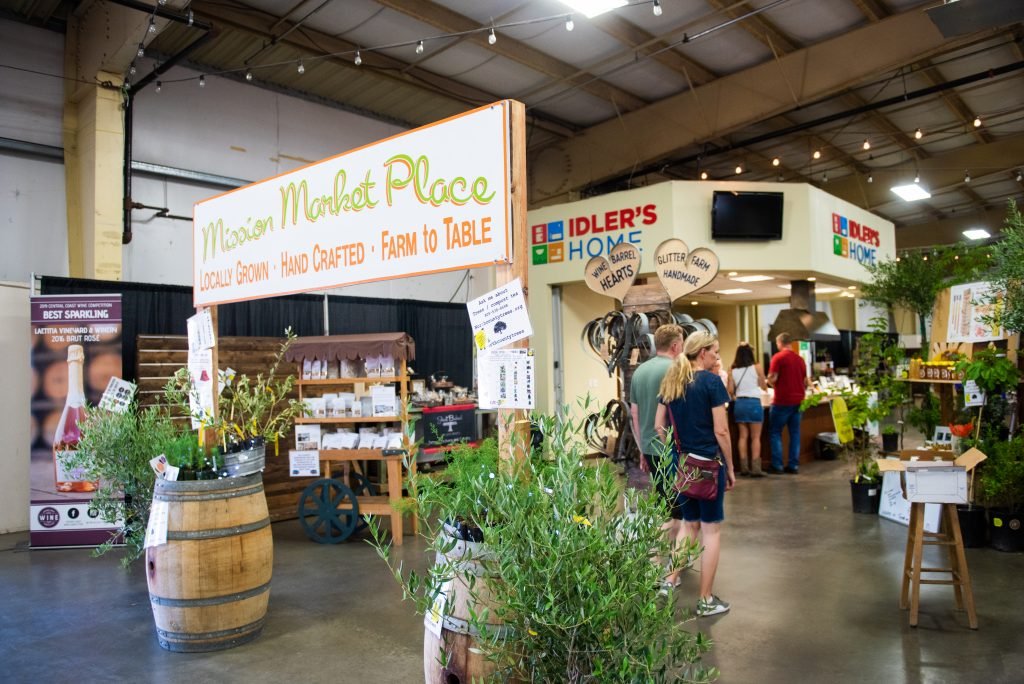
“Last year was the first year in the five that I have been in the market I actually made money from the fair,” Blankenship laments. “After all was said and done, I took home about $4,000, mostly through honey sales, so believe that I was really excited about this year.”
The California Mid-State Fair wasn’t SLO County’s first pandemic-related cancellation and it likely won’t be its last. But, given the number of people—426,000 in 2019—who walk through the gates over those 12 days to see concerts, brave carnival rides, feast on barbecue and cinnamon rolls, and learn about the region’s rich agricultural and ranching histories and practices, this is arguably the one that stings the most.
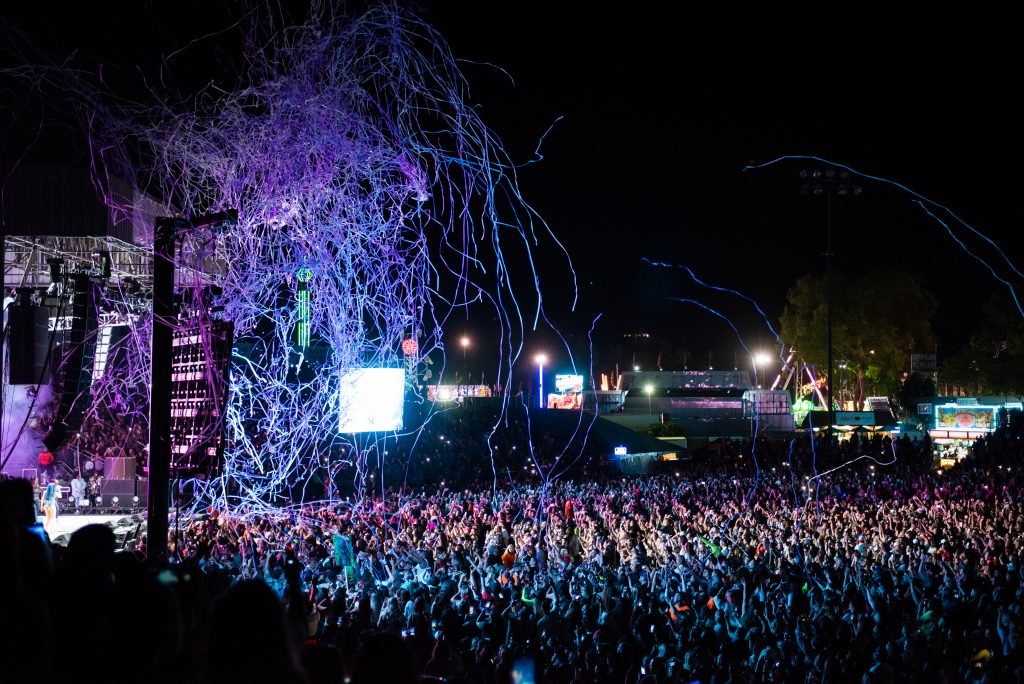
“We now have a much more diverse asset pool including wineries and hospitality that attracts people throughout the year, but Paso’s tourism plan used to begin and end with the fair,” explains Stacie Jacob, the executive director of Travel Paso. “It‘s important not to be a one-trick pony, but this year reminded us of the importance of the fair both economically and in terms of the community camaraderie. There was a huge void left by the cancellation.”
To start, there’s the economic impact, which takes a particularly steep toll on various facets of the food and beverage industry, from stores and farmers who provide raw ingredients to the cooks and servers at the fair’s food booths.
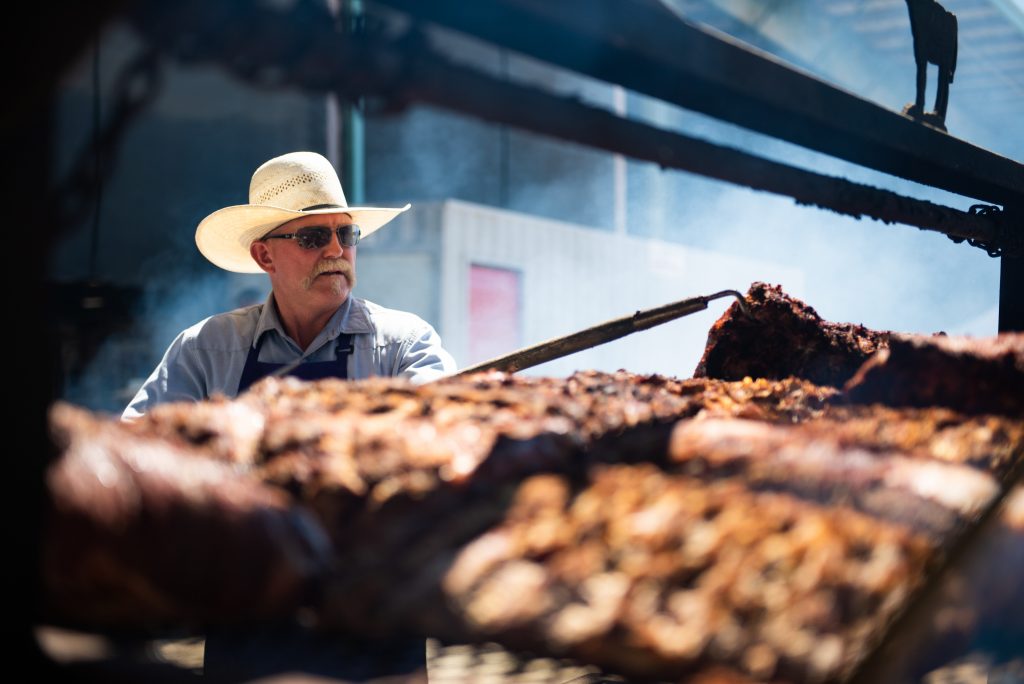
A 2015 economic impact study by the California Department of Food & Agriculture reported that the entire network of Golden State fairgrounds generated $3.9 billion in economic spending activity that year, $79,196,000 of which came from the Paso Robles Event Center. (This includes the fair and other events held there like antiques shows, festivals, and conferences.) Colleen Bojorquez, CMSF’s interim CEO, adds that $3.6 million worth of food and alcohol are sold and roughly 650 jobs are created during the fair.
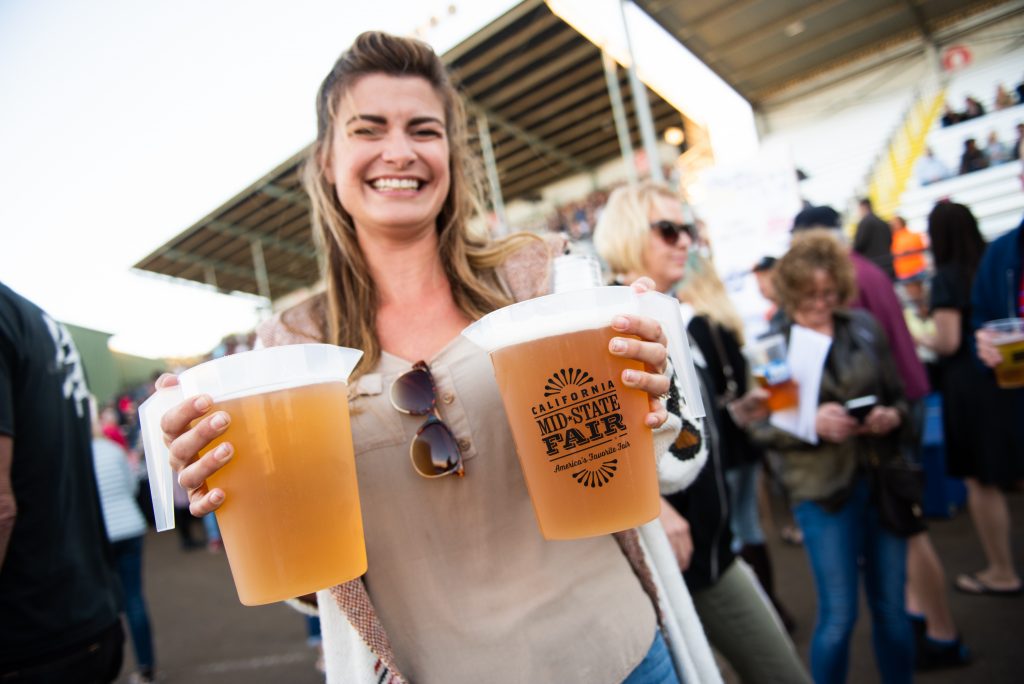
“We see a lot of people, like teachers with summers off, work to make their spending money or to save for a trip later. The network of fairs generates between $65 and $75 million in taxes annually so you can imagine what that does to the state’s economy,” Bojorquez adds. “It’s a really big deal not to have it. I’m not saying the pandemic’s not a really bad thing or that we should have had the fair despite it, but it’s got to be figured out … and quickly. Cancellations of these massive events are devastating to city and state economies.”
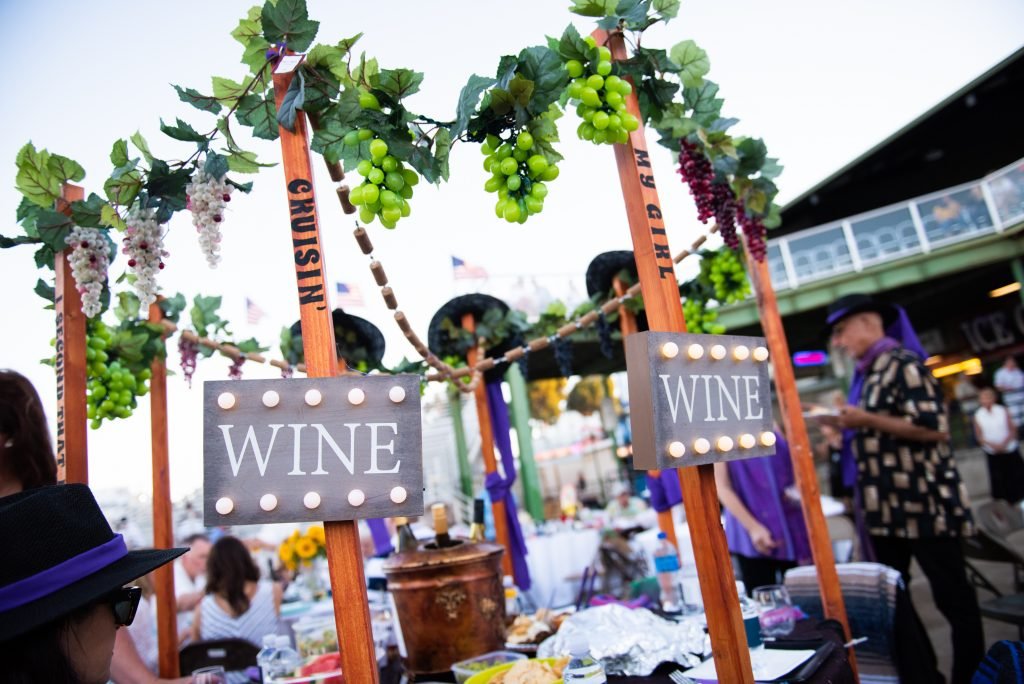
The fair cancellation has also negatively impacted personal finances, including those of vendors and farmers. For Bonnie Loftus, who has run Jimmy’s Watering Hole barbecue and beer stand at the fairgrounds for 12 years and whose Bonnie Marie’s catering company holds the contract to provide food service and concessions for most of the Paso Robles Event Center’s other big events, losing this year’s Mid-State Fair proceeds has been catastrophic for her business.
“Seventy-five percent of my business is through the fairgrounds. I tell myself I can make it through one year without a fair,” says Loftus, who has been forced to pick up hush-hush private catering jobs to augment the loss. “Luckily, I hadn’t bought food yet. I only got stuck with paper goods, utensils, and Jimmy’s merchandise.”
Loftus is very concerned about how long mass gatherings will be verboten. “If we have to go another year without a fair, it’s going to be a problem,” she adds. “Without a fair next year, [catering] might not be my profession by 2022.”
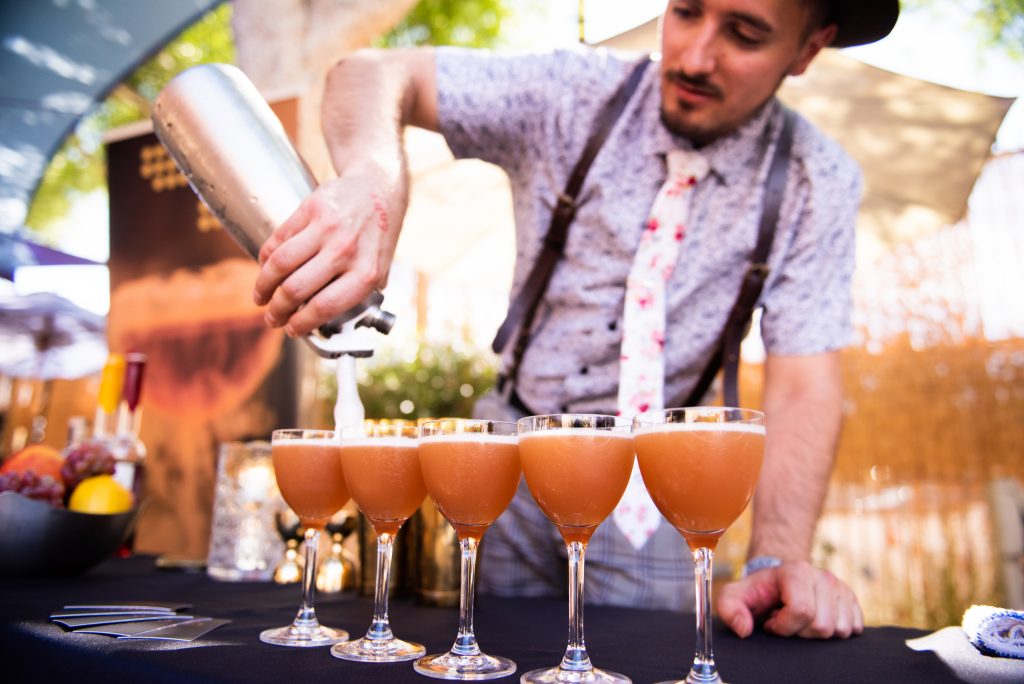
Jacob warns that people should be cognizant of the “ripple effect.” Fair attendance affects hotel occupancy rates, which have fallen from 79% in July 2019 to 50% in the same month this year. They have been as high as 85% during busy fair years. The decrease in occupancy also affects the average daily rate for hotels, which in turn decreases the amount of transient occupancy tax collected. “Usually in July, and especially during the fair, it’s $175, but this year, it’s $134,” Jacob says. “The simple fact is the fair brings people to town. We know that by looking at hotel data.”
“This is a huge loss of the transient occupancy tax revenue that goes into the city general fund, which pays for roads, fire, police, and more,” continues Jacob, adding that the effect of less guests ripples out to further affect the profits of hotels, restaurants, stores, wineries, other location attractions, and the employees that staff all of the above.
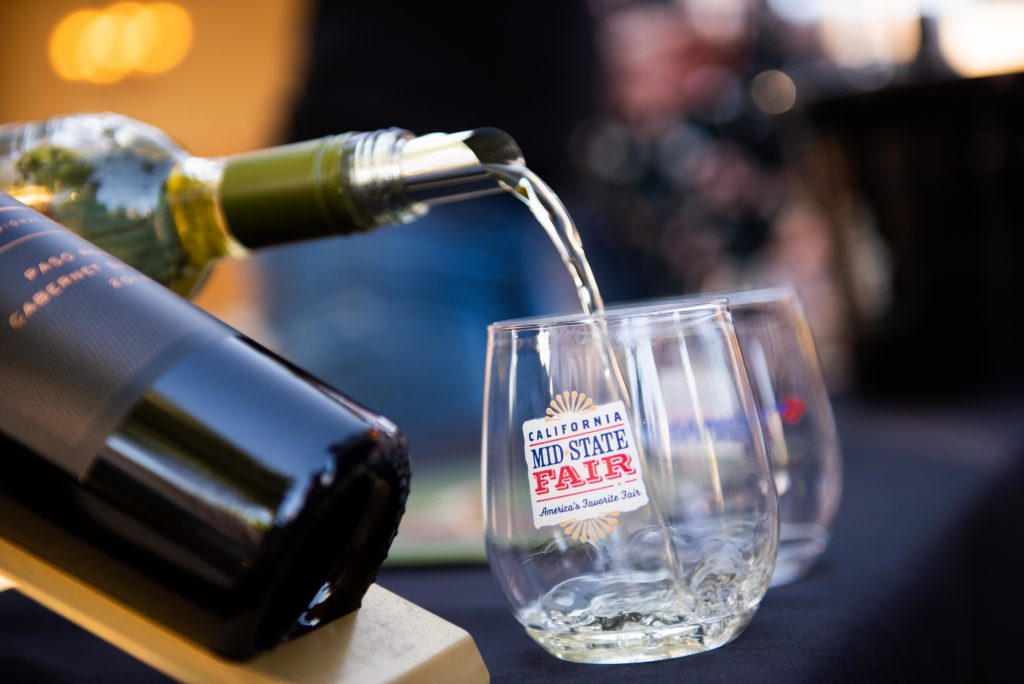
There’s also the incomputable damage for which there are no metrics. As much as she loved her honey money, Blankenship says she’d put money aside for nine months at Nature’s Touch because participation resulted in important returns that justified her time and money. “I go to reconnect—it’s a mini high school reunion—with people, to promote my farm and store, and to educate. I enjoy putting a freshly-picked peach in front of their face, letting them sample it, and talking about where it comes from and how we grew it.”
Blankenship didn’t allow herself to wallow for too long. Like many other businesses across the country in a bad situation, she pivoted and reinvested the money she had been stockpiling into other promotions, working with FARMstead Ed, the agritourism organization behind the SLO Co Farm Trail tours and workshop, and helping other struggling farms. ”Interestingly, my retail store had way more traffic than it ever has during the fair, so I talked to people about farming there instead. I guess that’s a silver lining.”
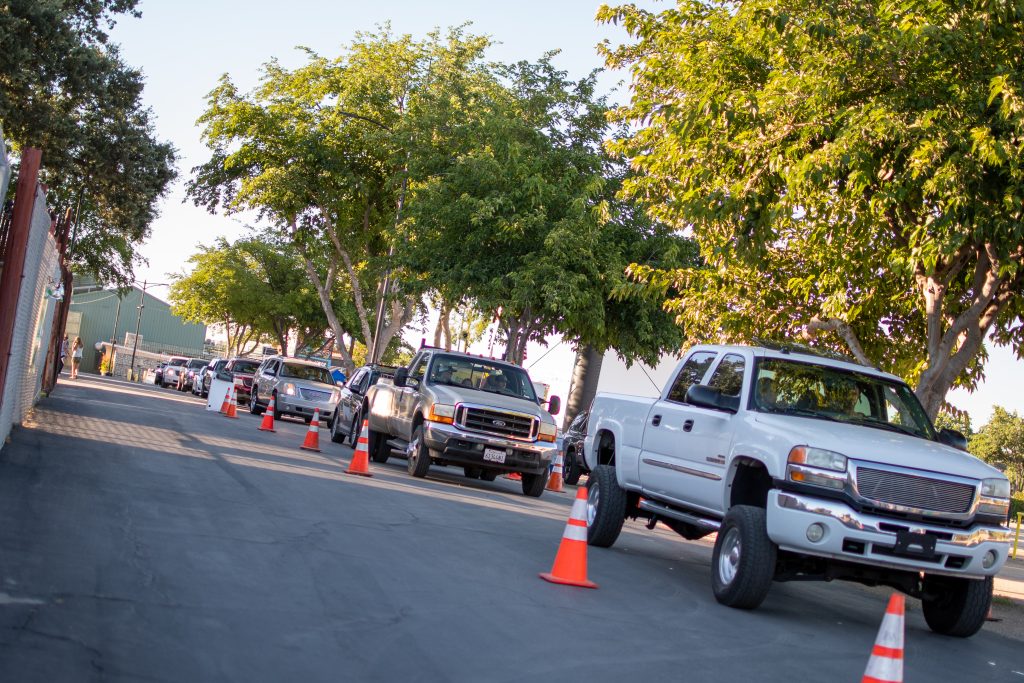
The Mid-State team adapted a few key components to combat the measurable and immeasurable losses. They coordinated several successful Fair Food Fix weekends, some complete with a drive-in movie, from June to August, where fans of fried Twinkies and corn dog connoisseurs could eat their feelings from the safety of their own car.
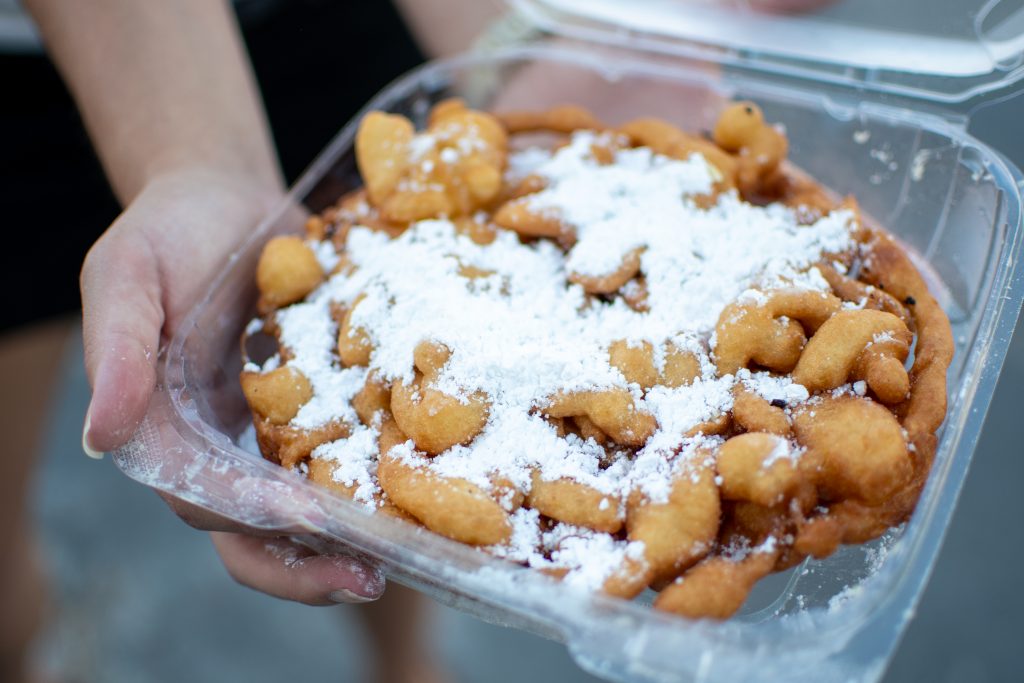
“When it’s 100 degrees in Paso, your brain says it is time for the fair and you crave lemonade, tri-tip sandwiches, and funnel cake,” Bojorquez says. “It helped our partners, especially the ones that earn their entire livelihood on the fair and festival circuit, and it gave our community a reason to leave the house. It was something fun to do during a time when we can’t do so many things.”
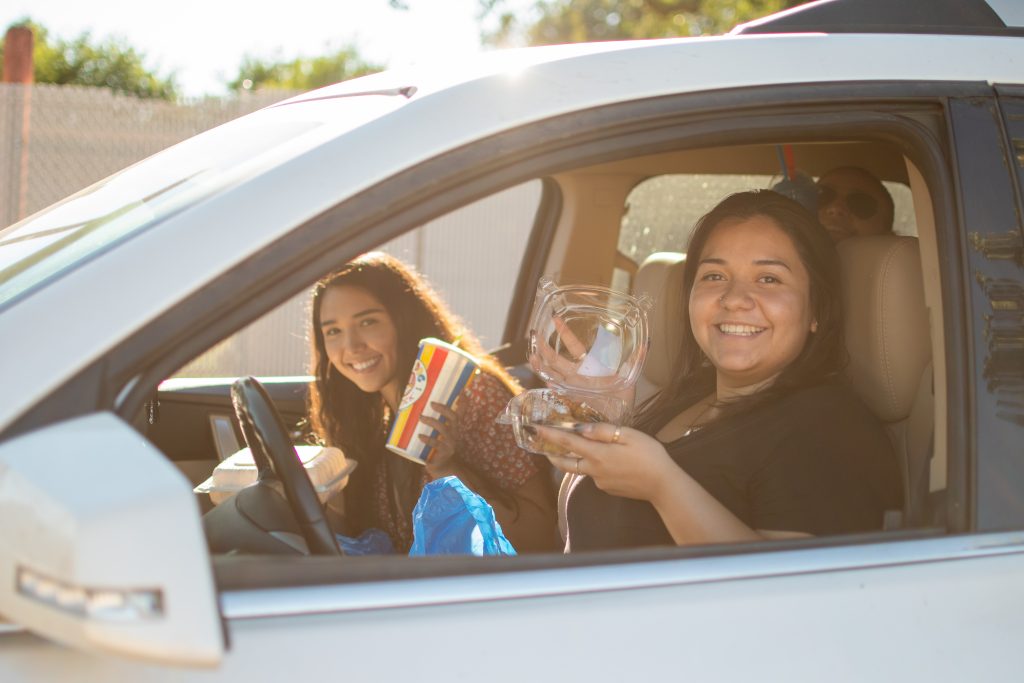
Loftus adds that the Fair Food Fix weekends were good for morale. “It was great to have my crew back working and to see people in the community having fun. It made us feel positive, like ‘We’re gonna get back to this and be together again.’ It was sweet because people were buying stuff from all the vendors, trying to support everyone.”
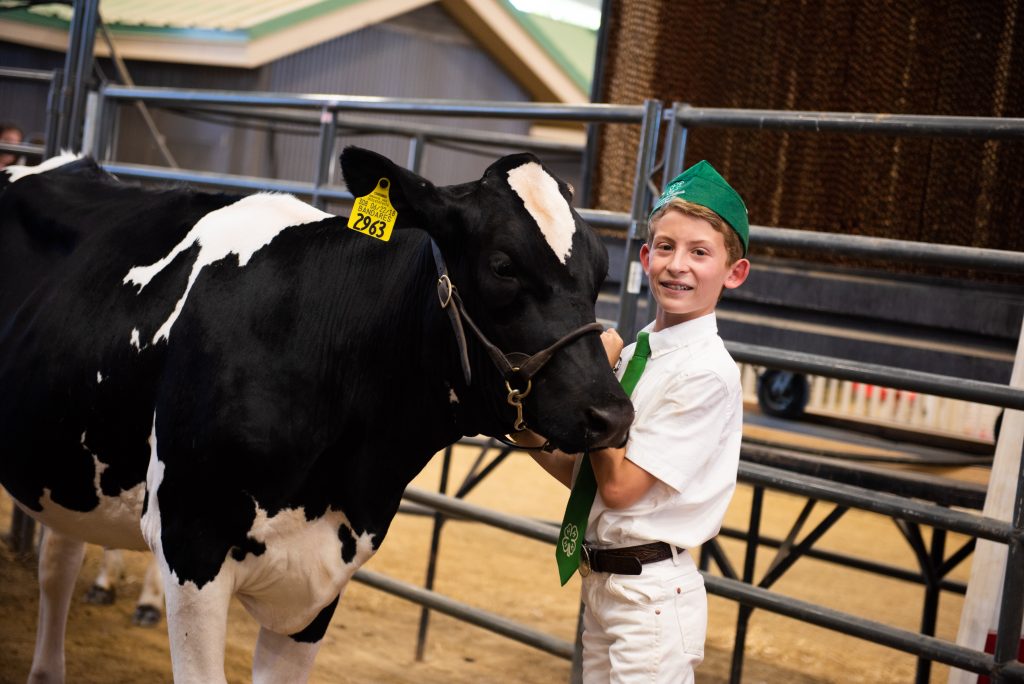
Another pivot pertained to one of the primary and most traditional elements of fairs: 4-H and Future Farmers of America projects where young members raise, care for, and eventually show and sell livestock. Most participants had procured the hogs, heifers, turkeys, rabbits, and other animals prior to the pandemic, but the outbreak was going to rob them of the experience of the process’ final phase and, worse, a payday.
“These kids kept their commitment even after [cancellation] and showed resiliency and flexibility with their livestock projects as they adapted to the challenges presented by the pandemic,” beams Stephanie Marden, president of the FFA booster club SLO Aggie Backers, 4-H project leader, and mom. “For many it brought a sense of routine and normalcy as they moved to distance learning.”
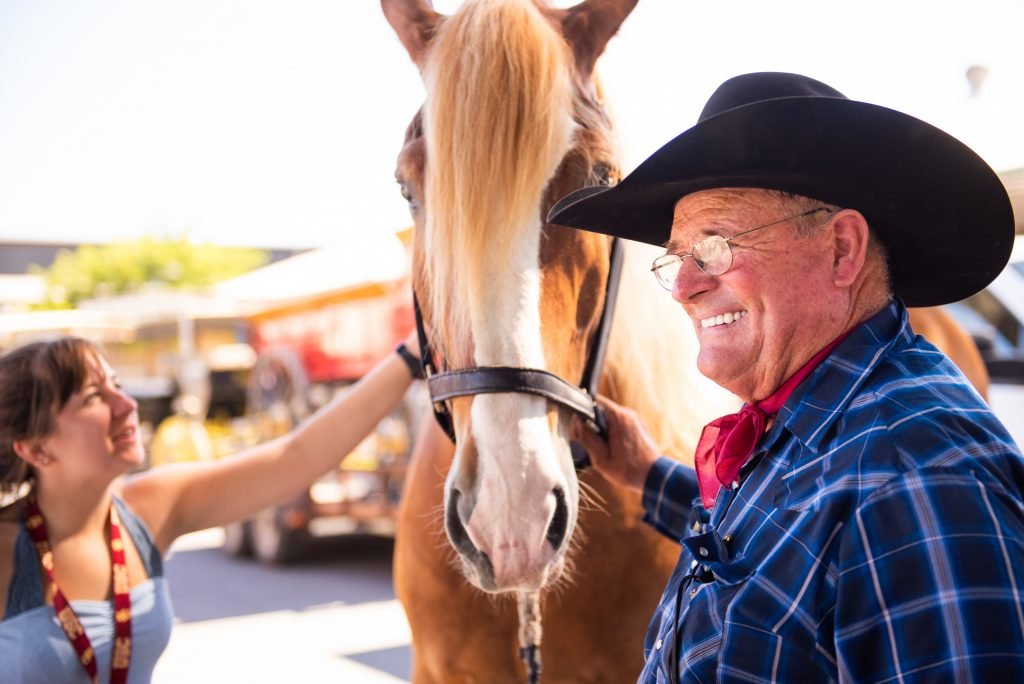
The fair shifted to a virtual auction model and with the help of the community, sponsors, and the buyer’s coalition formed by the James W. Brabeck Youth Legacy Fund, 565 lots racked up $1,212,857 in sales. (The 2019 auction in comparison had 869 animals and generated $2,336,682.) The coalition was the largest buyer by volume, and from their spoils, they donated 48,000 pounds of protein to the San Luis Obispo Food Bank—which, like its counterparts across the U.S., has experienced drastic coronavirus-fueled increase in demand. “Every animal sold,” Marden says. “The kids, advisors, and fair staff never gave up and the outpouring of support was genuinely heartwarming.”
Bojorquez, who is frustrated with the lack of guidelines or concrete ideas for a path forward for mass gatherings coming from all levels of government, relishes the small wins of the auction and the foodie events. “There was so much negative,” she says.”The event industry has been annihilated. There were the diehards who thought we should just do it and the people who were like ‘You have to cancel or you’ll have blood on your hands.’ Not to mention that we hated that we had to cancel. This is what we do. I’ve worked here for 30 years. It was a loss for me too. So to be able to put those things into the community and to help our partners felt good.
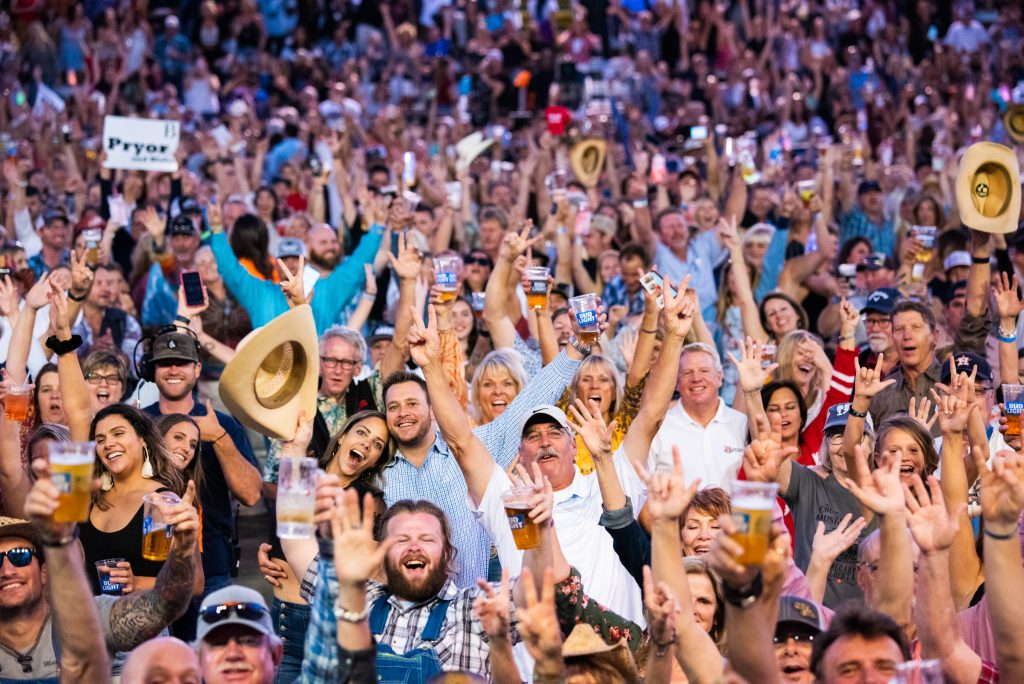
“Honestly, you just grab at anything that’s positive while we wait to hear how to move forward,” Bojorquez says hopefully. “We’re planning to have a fair next year. What that will look like, we don’t know yet. Nobody knows yet. Not the governor, not the president. There are things being done at theme parks like Disney World that we could follow and we will make adjustments because coronavirus isn’t going anywhere. It’s not going to suddenly disappear. So how do we move forward with this in our society and how can we do things safely and better? Personally, I think it should be a priority to figure it out. People need socialization and we are a good outlet for that.”

